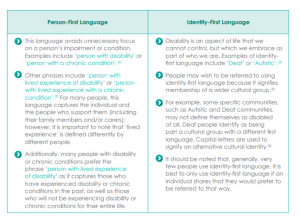1. Breaking down stigma
Many organisations are now promoting inclusive language, understanding that it shapes our views and reflects societal values. The words we use can define and influence identities, but they can also perpetuate discrimination and reinforce inequalities, unintentionally reinforce power imbalances or overlook the strengths of those facing systemic challenges. When working with minority groups, always ask for their preferred terms to ensure their identities are respected.
In the section Terminology and Language Notes, we highlight the importance of using strengths-based language, which recognises resilience and agency while addressing the need for systemic change.
You can find more information and reflection on some terminologies, followed by an explanation of which terms we are using in this toolkit and why.
Guiding principles for breaking down stigma:
The following guiding principles have been developed to guide writers in breaking down stigma by Bathish et al. 2024:
- Use people-first language
- Use empowering and strength-based language
- Avoid jargon and slang
- Be specific and avoid generalisations
- Use inclusive language
- Involve participants and consider the effects of each word choice
(Source: Telethon Kids Inclusive Language Guide)
2. Aboriginal and Torres Strait Islander Peoples
As there is no single Aboriginal or Torres Strait Islander identity, groups have different names, and people have different terminology preferences. In general, it is best for non-Indigenous people to consult with local Elders and communities about their language and terminology preferences. Many Aboriginal and Torres Strait Islander peoples in Western Australia prefer to use their own nation names or the term ‘Aboriginal’ when referring to themselves. However, the various resources and publications included in this toolkit use terms such as ‘Indigenous’, ‘Aboriginal and Torres Strait Islander peoples’, and ‘First Nations.’ In the spirit of respect and inclusivity, this toolkit employs all these terminologies. This approach recognises Aboriginal and Torres Strait Islander peoples’ right to self-determine their preferred terminology and honours the diversity within Aboriginal and Torres Strait Islander communities while maintaining clarity across the toolkit.
3. Inclusive language
Oxfam has created an Inclusive Language Guide that discusses specific commonly used terminologies, explains why some of them are inadequate and offers just alternatives.
(Source: Oxfam, Inclusive Language Guide)
Disability First language
In Australia, “person-first” language, such as referring to “people with disability,” is commonly used and reflects the social model of disability. This approach emphasises recognising individuals first and their disability as secondary, aiming to affirm their inherent value and worth as people. For example, the term “person with a disability” focuses on the individual rather than defining them by their disability.
There is also recognition of “identity-first” language, such as “disabled people,” which is preferred by some within the disability community. This language underscores disability as an integral part of a person’s identity and acknowledges the societal and systemic barriers contributing to disability. Organisations like Disabled People’s Organisations Australia (DPO Australia) respect both preferences and advocate for using terminology that aligns with individual or group choices (Source: Disabled People’s Organisations Australia).
4. Client/consumer/service user
The language we use in social services plays a crucial role in shaping relationships and power dynamics. Community service organisations (CSOs) are often viewed through the lens of service delivery, or “charity model”, where their role is seen primarily as providing aid to those in need. Terms like “client,” “consumer,” and “user” can feel impersonal and reinforce inequality, often failing to reflect the collaborative and empowering nature of modern social work. There is a need to shift to human rights-based and strength-based models of care within the social service sector. This shift involves recognising the inherent agency of communities and community members. By embracing a human rights-based approach, CSOs can foster deeper, more respectful partnerships with community members and contribute to lasting, systemic change.
Below, you can find some more information on language in this context, followed by an explanation of which terms we are using within this toolkit and why.
The word “client” can feel distant and may make social services seem like a business deal, which does not fit with its caring nature. It can also suggest that the organisation is in control while the person receiving help has less power. Modern social work aims to empower people and work together, reducing these power imbalances.
The word “consumer” or “service user” makes it seem like social services are bought and sold, treating people’s needs like a simple transaction. This overlooks the complex and personal nature of social services and can make people seem passive as if they are just receiving help rather than being active in their own lives. It also hints that only those who can pay can access these services, which goes against the idea of fairness and equal access. This term ignores the bigger issues like poverty and inequality, focusing instead on individual transactions.
“User” is often used in technical or digital settings and can feel impersonal in social services. Like “consumer”, it can suggest people are passive and lack decision-making power. It can also carry negative meanings, like when referring to drug use, which might unintentionally stigmatise those seeking help. Both consumer and user don’t reflect the unique, diverse needs of people and can lead to a one-size-fits-all approach, prioritising efficiency over quality care. These terms also downplay the importance of empowering individuals and communities to actively shape their own support systems.
In this Toolkit, we have chosen to use terms such as community member, people involved with services or community members CSOs are working with. These terms reflect a respectful, person-centred approach that values collaboration and acknowledges agency as well as the diverse and interesting experiences of people exposed to discrimination and multiple forms of marginalisation.
5. Strength-based language: Reflections on the term “vulnerable person or vulnerable community”
The term vulnerable person or vulnerable community is often used to describe communities facing systemic inequalities and climate impacts. However, this deficit-based language often disguises the causes of vulnerability, giving the impression that communities that experience vulnerability are at fault. While deficit-based language also fails to capture the resilience and strength of communities who have lived experience of injustices and disadvantages, strengths-based language centres agency. Using language such as groups with lived experience of intersecting discrimination, multiply marginalised communities, or people impacted by compounded oppression can be more appropriate than the term vulnerable people and communities. This framing highlights the structures of oppression that contribute to marginalisation. By focusing on people’s strength and capacity, power within the communities can be recognised, while the need to dismantle the oppressive systems they navigate is still addressed.
Note: although we have done our best to avoid using the word ‘vulnerable person or community’ where it suggests intrinsic character and does not name extrinsic agents, it nonetheless frequently appears in academic papers and resources that may be linked to throughout this website.
Bryony Shannon’s blog, “Words that make me go hmmm: Vulnerable,” explains why the word ‘vulnerable’ is problematic, especially in social care and during the COVID-19 pandemic. She gives ten reasons why the word makes her uncomfortable:
- It doesn’t mean much: We often say ‘vulnerable’ without explaining who we’re talking about, why they’re vulnerable, or what they’re vulnerable to. This makes the word vague and unclear.
- It separates people: Using the word ‘vulnerable’ creates a divide between ‘us’ and ‘them,’ making those labelled seem different or apart from the rest of society.
- It dehumanises people: Referring to people simply as ‘vulnerable’ strips away their individuality and turns them into a faceless group.
- It’s possessive: Adding “our” to the word, like ‘our most vulnerable,’ makes it sound like we have control over these people, reinforcing a power imbalance.
- It excludes people: Services are often only available to those considered ‘vulnerable,’ leaving out others who also need help but don’t fit that label.
- It creates stereotypes: The word ‘vulnerable’ suggests weakness and helplessness, giving people a negative image and reinforcing harmful ideas.
- It’s controlling: Labelling people as ‘vulnerable’ removes their ability to make choices for themselves, allowing others to make decisions on their behalf.
- It blames individuals: The term implies that people are vulnerable because of who they are rather than because of external factors like their environment or circumstances.
- It’s dangerous: By labelling people as ‘vulnerable,’ we risk treating them as less important, leading to harmful decisions like who receives medical treatment.
- It makes things worse: Labelling people as ‘vulnerable’ can actually increase their vulnerability by taking away their independence and identity.


